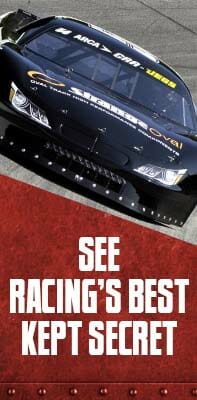I assume that the pedal is either too hard, too soft, or has a lot of travel.
I would check the brake pressure first. Use a temporary pressure gauge like our P2360 to measure pressure directly at each caliper. It would be best for the actual driver of the vehicle to push on the brake pedal as interpretation can vary due to leg strength. While testing, look for any signs of deflection from the caliper mounts, rotor, and brake pads. If there is any deflection, it can cause a soft pedal or increased travel distance. As the driver pushes harder, pressure should increase as well. If the needle suddenly stops, even as the driver pushes harder, the master cylinder may have reached the end of the bore meaning inadequate bore size or stroke. To the driver, the pedal continues to move, but they are just compressing the override springs inside the master. This may occur only in the front, rear, or both. If the pedal suddenly stops and won’t move, the assembly is hitting something preventing further movement. If pressure continues to rise, have the driver increase pedal pressure until it feels somewhat hard, like setting a line lock. At this point, if using an adjustable proportioning valve (B3369), the front should read 550-650 PSI and the rear 1,000-1,200 PSI. If not, the pedal ratio is incorrect or the bore size of the master is too big.
Check pedal ratio by measuring from the pivot point, where the linkage attaches to the body or frame, to the center of the brake pedal pad. Next, from the pivot to the hole where the master cylinder push rod connects to the linkage. Divide the first measurement from the second and the result is your pedal ratio. At this point, you would also want to know the bore size of the master cylinder. While not completely accurate, you can remove the dust boot from the back and measure the bore of the hole before the snap ring. The recommendations for pedal ratio are based on the two most common master cylinders we sell. For the B3359 (1.032″ bore) the ratio should be 5 1/2 to 1 or the B3360 (1.125″ bore) should be 6 1/2 to 1. This should get you in the ball park, but may vary due to driver preference.
Increasing pressure may require: (1) Longer assembly increasing the distance from the push rod hole to the pedal pad. (2) Relocating the hole closer to the pivot. (3) Replacing the master cylinder with a smaller bore size. Remember that more leverage increases pressure, but also increases travel. A smaller bore increases pressure, but moves a smaller amount of fluid. When moving the hole where the push rod connects may require moving the master cylinder location to keep the push rod level.



